(Prices correct as of today’s date, are updated daily, are subject to change and represent genuine availability at time of update).
This cruise only holiday is financially protected by ABTA
Please click here to check the essential travel requirements before booking this cruise.
Want to add a hotel stay or change your flights?
Just call our team of cruise specialists to help build your dream cruise holiday today!
Prices based on 2 people sharing. Cruise only price does not include flights. Fly-cruise price may vary by chosen UK airport.
Itinerary
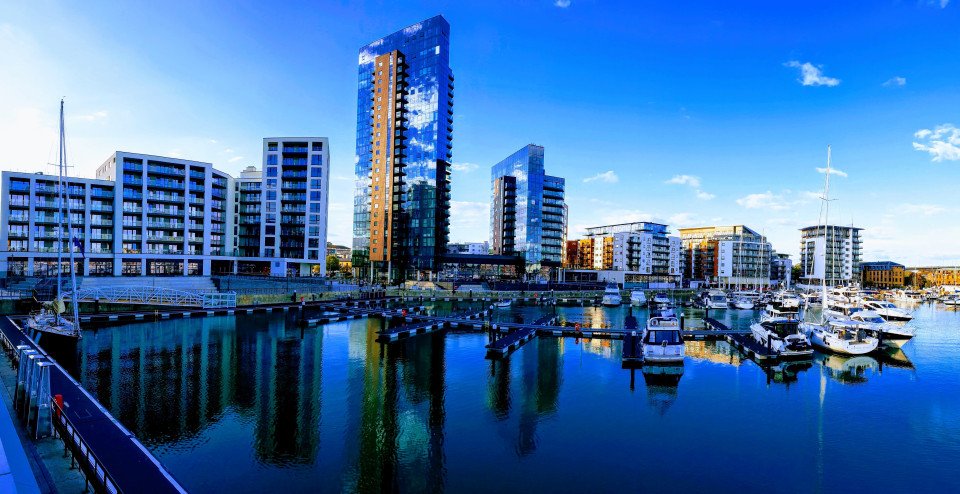
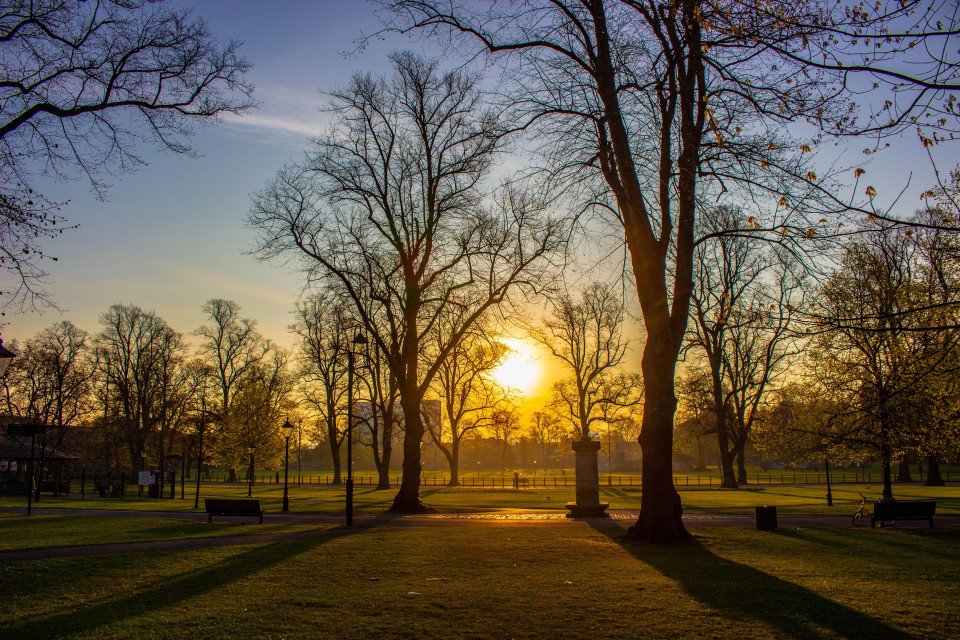
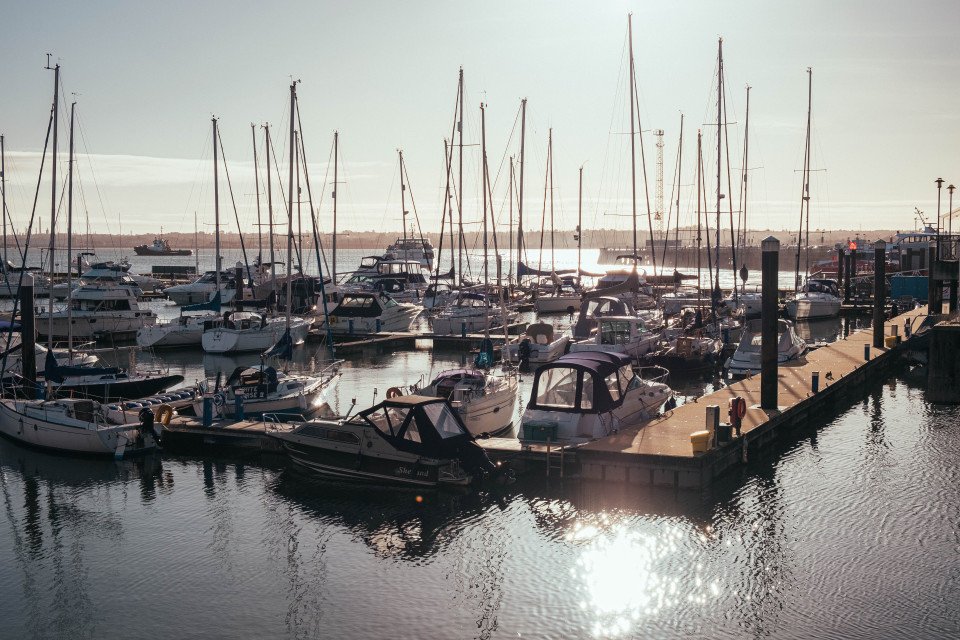
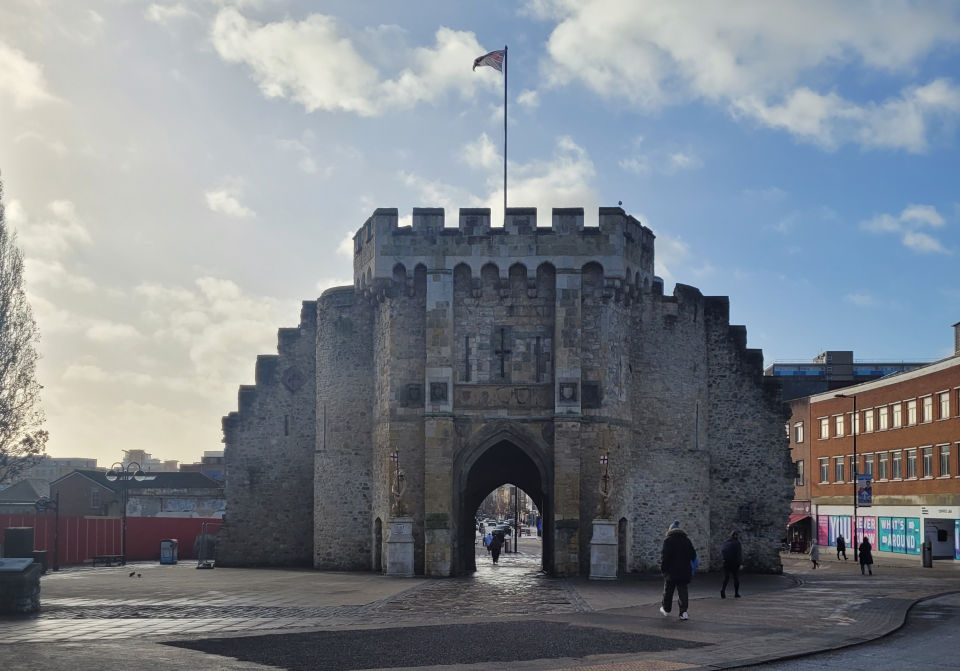
Southampton
Lying near the head of Southampton Water, a peninsula between the estuaries of the Rivers Test and Itchen, Southampton is Britain’s largest cruise port. It has been one of England’s major ports since the Middle Ages, when it exported wool and hides from the hinterland and imported wine fro... Read More
Southampton
At Sea
Stavanger
Skjolden
Olden
Ålesund
At Sea
Akureyri
Isafjørdur
Grundarfjørdur
Reykjavík
At Sea
At Sea
At Sea
Southampton
What's Included with
Princess Cruises
Delve into cuisines from across the globe with various dining options when you hop on-board a Princess Cruises ship. Enjoy exclusive cocktail receptions, deck parties, themed nights and entertainment throughout the day and into the evening. When you choose Princess Cruises for your next adventure you can enjoy peace of mind that you have everything you need when gliding the waves. Discover everything that a Princess Cruises sailing has to offer when you opt for an all-inclusive cruise holiday.
Accommodation
Entertainment throughout the day and evening
Use of swimming pools, hot tubs, fitness centre and leisure facilities where available
Return flights included from a choice of UK airports (fly cruise bookings only)
Room service from 6am to 11pm
Port taxes
Youth programmes for babies to 17-year-olds
Adult only areas
Exclusive cocktail receptions and deck parties on-board
Sailaway parties, themed nights and deck parties
Lemonade, water and iced tea available in selected venues
Shuttle service to and from ports and airport where available
Explore Emerald Princess



Crown Grill℠
With a rich wood décor and a theatre-style kitchen, it’s no wonder Crown Grill was named among the “Best Cruise Ship Steakhouses” by USA TODAY. Featuring premium aged beef and fresh seafood items, this speciality restaurant offers an intimate dining experience in a classically elegant setting and an open kitchen where chefs prepare and cook to order top-quality cuts of beef, chops and seafood.






The Piazza
Discover Old World charm as you stroll through our breathtaking Piazza—a hub of activity, inspired by the vibrant squares of Europe. Roving street performers, quaint boutiques, a spiral staircase and several glass-walled lifts provide panoramic views. Visit the International Café for gourmet coffees, or marvel at the wine selection at Vines, voted one of the “Best Wine Bars at Sea,” by USA Today.
Freshwater Pools & Hot Tubs
Take a dip in our sparkling freshwater pools and leave your everyday world behind. Unwind on a padded lounger and soak up the sun, catch up on reading, listen to music or dream of your next adventure on board or ashore. And what better way to relax and revitalise after a day exploring the world than a long soak in one of our whirling hot tubs. And don’t forget, there is always a server nearby to bring you a refreshing cocktail or favourite beverage.
Just For Kids 3-7
Explore the Treehouse
Even the littlest guests will delight in this whimsical, forest-themed world that inspires playtime and invites exploration. Kids, ages 3 to 7, can dance, enjoy pyjama movie nights, create art projects like Animal Planet™ puppets and masks or compete in a Lego® boat-building contest.
Deck 18/19 - Sky/Star

- Centre Court
- Jogging Track
- Platinum Studio
- Princess Links
- Movies Under The Stars Seating
- Skywalkers Nightclub
Deck 17 - Sports

- Chill Out
- Sun Terrace
- Teen Centre
- The Sanctuary
- Youth Centre
Deck 16 - Sun

- Adagio
- Aerobics
- Beauty Salon
- Conference Room
- Fitness Centre
- Lotus Spa
- Massage
- Movies Under The Stars
- Tradewinds
- Wedding Chapel
Deck 15 - Lido

- Calypso Bar
- Calypso Reef & Pool
- Horizon Terrace
- Hot Tubs
- Lotus Spa
- Neptune's Reef & Pool
- Outrigger Bar
- Slice
- THE MIX
- Interior Staterooms (2x wheelchair accessible)
- Oceanview Staterooms
- Balcony Staterooms
- Suites
Deck 14 - Riviera

- Terrace Pool
- Interior Staterooms (1x wheelchair accessible)
- Oceanview Staterooms
- Balcony Staterooms (4x wheelchair accessible)
- Suites
Deck 12 - Aloha

- Interior Staterooms (1x wheelchair accessible)
- Balcony Staterooms (4x wheelchair accessible)
- Suites
Deck 11 - Baja

- Interior Staterooms
- Balcony Staterooms (4x wheelchair accessible)
Deck 10 - Caribe

- Interior Staterooms (1x wheelchair accessible)
- Balcony Staterooms (4x wheelchair accessible)
- Suites
Deck 9 - Dolphin

- Interior Staterooms
- Balcony Staterooms
- Suites
- Mini-Suites (2x wheelchair accessible)
Deck 8 - Emerald

- Interior Staterooms
- Balcony Staterooms
- Oceanview Staterooms (4x wheelchair accessible)
- Suites
- Mini-Suites
Deck 7 - Promenade

- Club Fusion
- Crooners Lounge & Bar
- Crown Grill
- Dance Floor
- Explorers Lounge
- Library
- Photo Gallery
- Princess Theatre
- Promenade Galleria
- Shore Excursions
- The Shops of Princess
- Wheelhouse Bar
Deck 6 - Fiesta

- Botticelli Dining Room
- Captain's Circle
- Casino Bar
- Conference Centre
- Da Vinci Dining Room
- Gatsby's Casino
- Passenger Services
- Princess Theatre
- Speakeasy Cigar Lounge
- The Piazza
- The Shops of Princess
Deck 5 - Plaza

- Future Cruise Sales
- International Café
- Internet Café
- Michelangelo Dining Room
- Princess Fine Arts Gallery
- The Piazza
- Vines Bar
- Escapes Travel Café
- Interior Staterooms (1x wheelchair accessible)
- Oceanview Staterooms
Deck 4 - Gala

- Medical Centre
Emerald Princess Cabins & Suites

Interior

Oceanview

Balcony






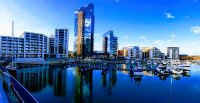

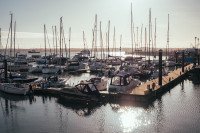
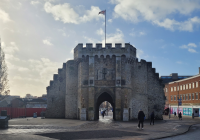
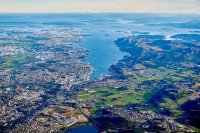



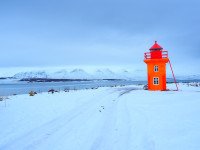
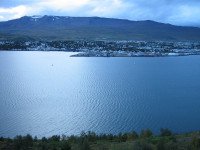
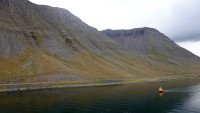


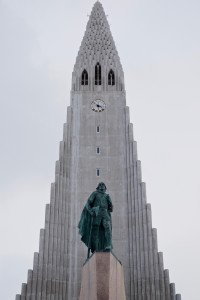
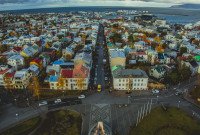
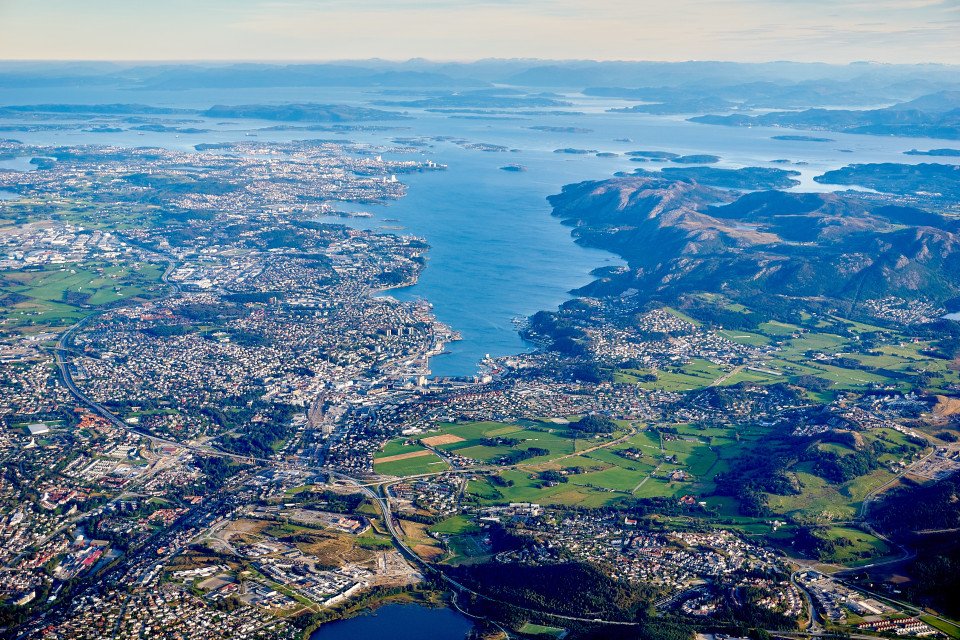



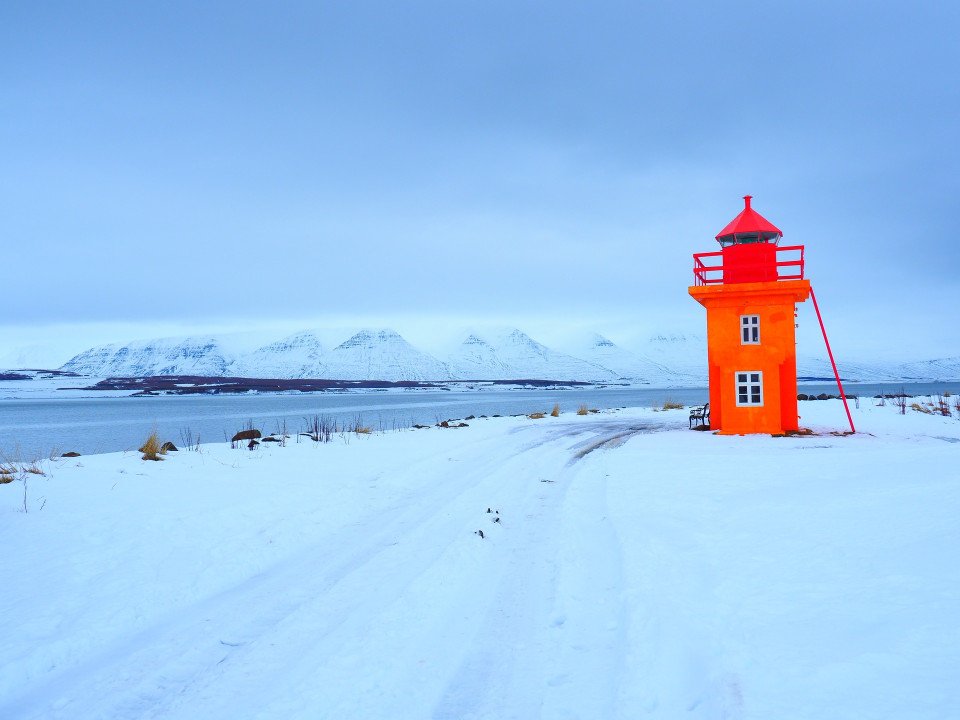
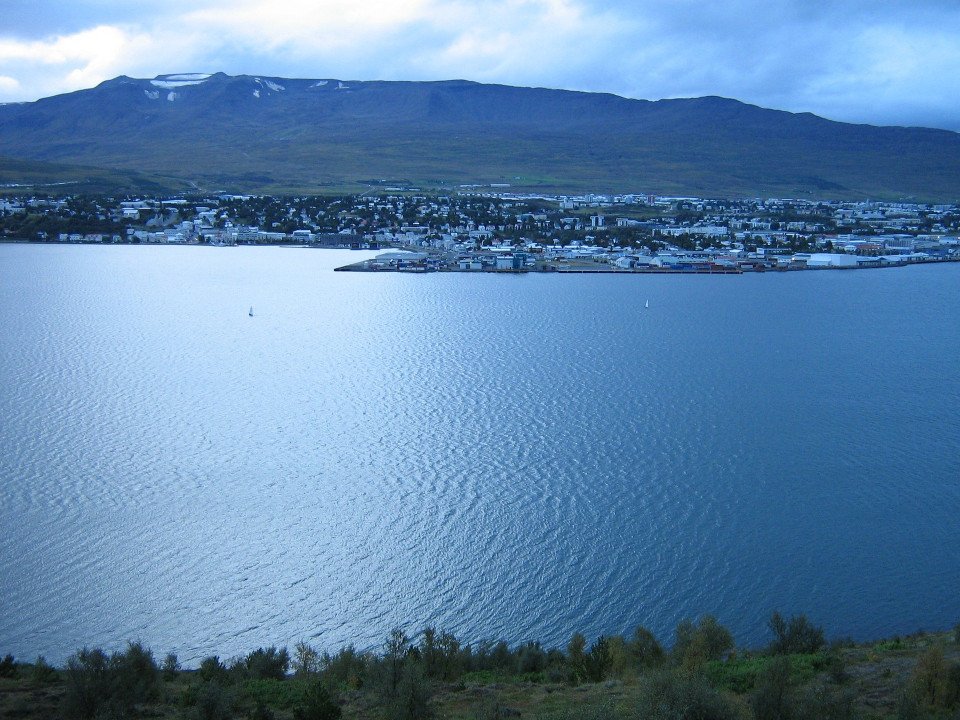
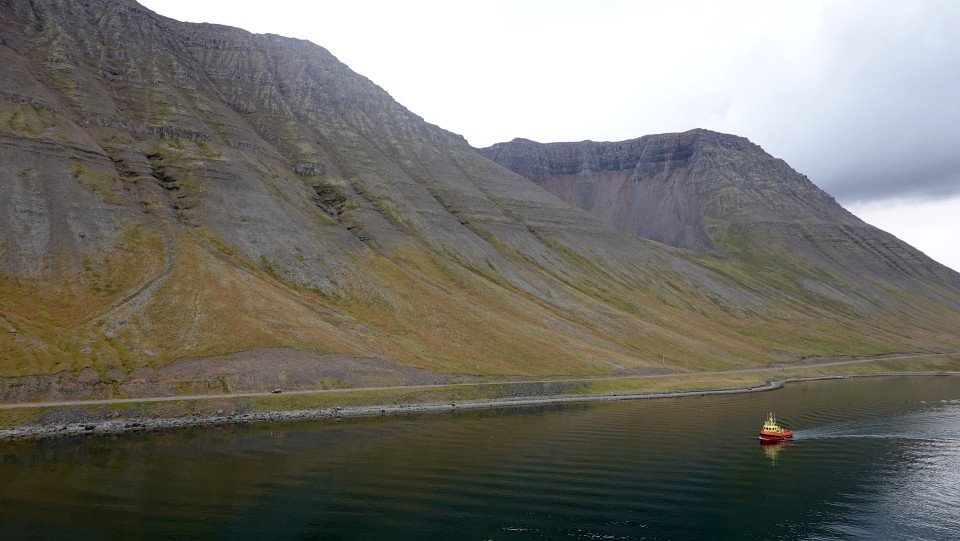

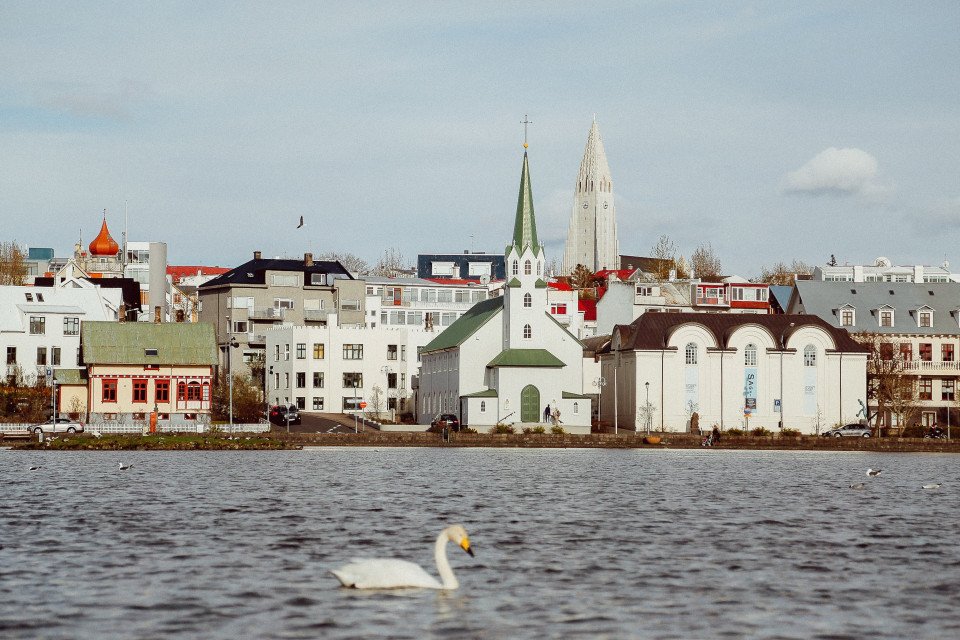
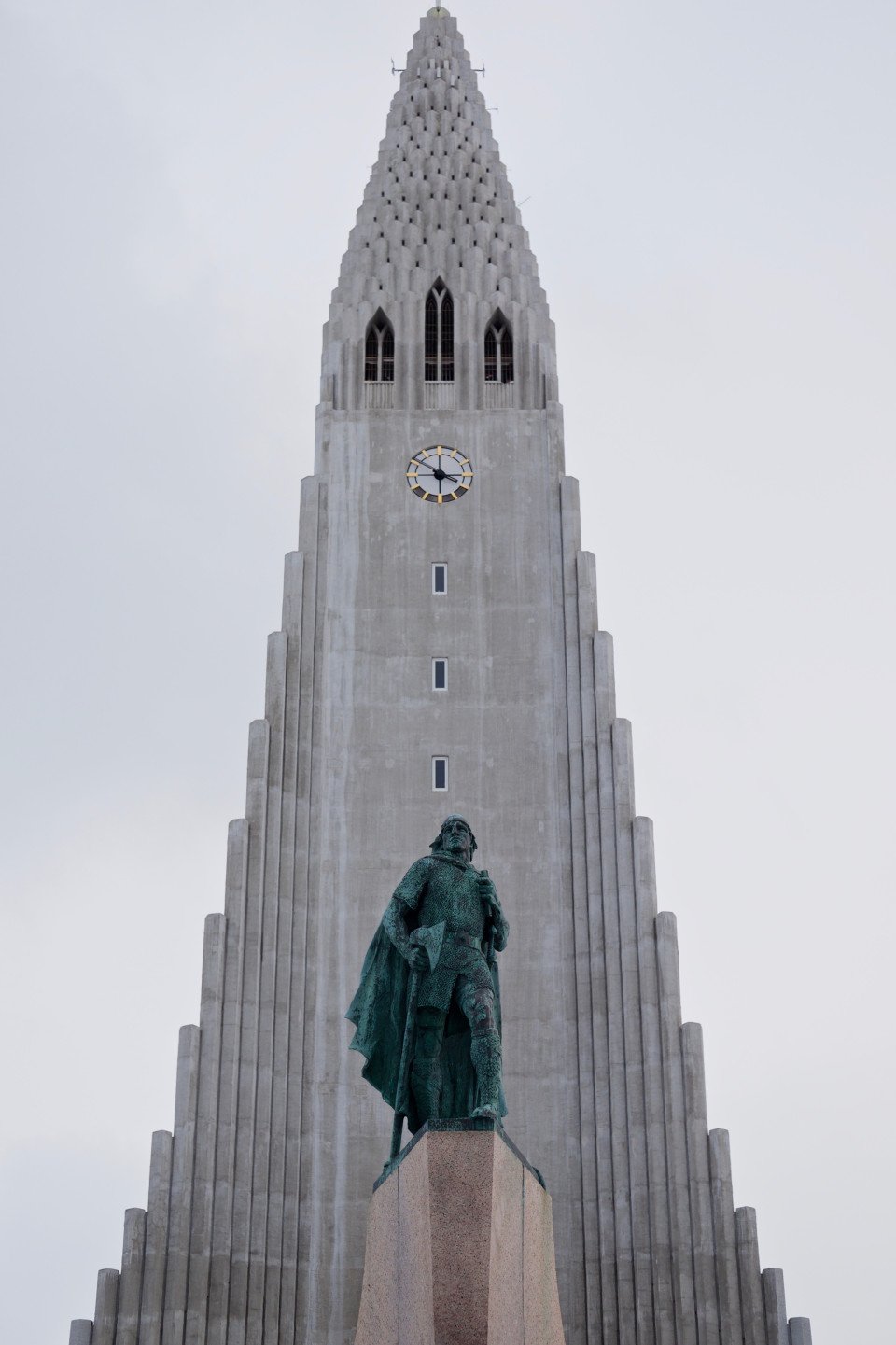









-large_thumb.jpg)









